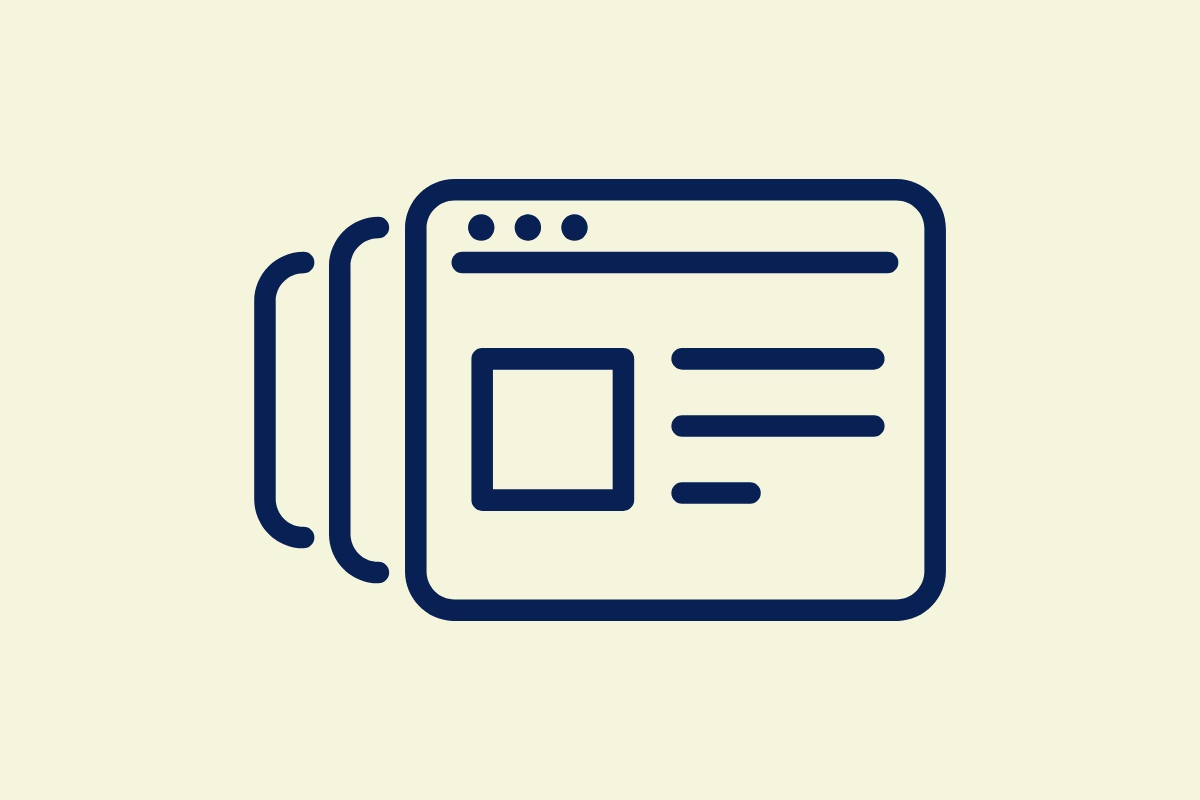
If you’ve ever set up a SharePoint site, you’ve probably come across pages—but what exactly are they, and when should you create one? Understanding pages in SharePoint is key to building an effective, user-friendly site that helps your team find the information they need quickly.
In this post, I’ll break down what pages are, the different types of pages you can create, and when (and when not) to use them.
What Is a Page in SharePoint?
In simple terms, a page in SharePoint is a web-based layout that displays content within a site. Pages are used to:
- Share information in a structured way
- Display text, images, videos, and embedded content
- Organise links and navigation for a better user experience
- Act as a dashboard for important information
Every SharePoint site comes with at least one page—usually the home page—but you can create additional pages to structure and present content more effectively.
Types of Pages in SharePoint
There are three main types of pages in SharePoint, each serving a different purpose:
Site Pages (Modern Pages)
These are modern, flexible pages that allow you to add and arrange content using web parts. They’re responsive, easy to update, and ideal for:
- Landing pages (e.g., Department home pages)
- Team or project updates
- Knowledge sharing (FAQs, guides, or help pages)
Modern site pages are the most common type of page used in SharePoint today.
News Pages
News pages are a special type of site page designed for sharing announcements and updates. They appear in the News web part on a site’s home page or can be pushed to the SharePoint start page, Teams, and even email.
Use news pages when you want to:
- Share company or team announcements
- Publish updates on projects or initiatives
- Highlight upcoming events
Wiki Pages (Classic Pages)
Wiki pages belong to older, classic SharePoint sites. They allow multiple people to collaborate on content, but they are not as user-friendly as modern pages.
In most cases, I don’t recommend using wiki pages anymore—modern pages offer a better experience and more flexibility. In fact, you can only create wiki pages from within the pages library so stick to creating pages from the homepage or copying pages you already have, then you won’t make the mistake of creating a classic wiki page.
When Should You Create a Page in SharePoint?
You don’t need to create a new page for everything! Here’s when it makes sense to add a page to your SharePoint site:
1. When You Need to Present Information Clearly
If you have important information that people need to refer to frequently—like a project overview, team responsibilities, or HR policies—a SharePoint page is a great way to structure it visually.
2. When You Want to Organise Content Without Cluttering Document Libraries
Not everything belongs in a document. Instead of dumping everything into a document library, consider creating a page with key information and linking to related files.
For example, instead of having multiple Word documents explaining a process, create a single SharePoint page that summarises the process with links to key documents. This works well for an employee handbook. Then use version control as pages have version history as well to publish and then you know what was the handbook at any point in time for auditing purposes.
3. When You Need a Dashboard for Quick Access to Information
Use SharePoint pages as a dashboard to display real-time data, reports, or important links using web parts like:
- Power BI reports
- Recent documents
- Quick links to key resources
- Upcoming events from Outlook or Teams
4. When You Want to Share Regular Updates (Use News Pages!)
Instead of sending another long email, create a news page and let SharePoint do the work of distributing it. Users can access the update directly from SharePoint or Teams.
When NOT to Create a Page
- When a List or Library Would Work Better – If you’re tracking tasks, assets, or requests, a SharePoint list is a better option.
- When It’s Just a One-Time Note – If it’s a quick update that doesn’t need a full page, use a news post or an announcement in Teams instead.
- When You Just Need a Document – If your content is meant to be a policy, procedure, or formal record, keep it in a document library instead of creating a page.
Final Thoughts: Keep It Simple, Keep It SharePoint
Pages in SharePoint are a powerful way to organise and share information—but only when used the right way. Stick to modern site pages for structured content, news pages for updates, and use web parts to make pages dynamic and useful.
By thinking strategically about when to create pages, you’ll keep your SharePoint site clean, organised, and easy to navigate—which means less time searching and more time getting things done.




